-

+86-577-57156888
-

-

+86-577-57155869
-

11th Floor, Building 6, Headquarters Economic Park, Yueqing, Zhejiang, China
When to Choose External Bypass Soft Starters
Industry News-Soft starters play an important role in motor control by reducing the initial electrical and mechanical stress during startup. There are two common types of soft starters: built-in bypass soft starters and external bypass soft starters. Understanding when to select an external bypass soft starter can help users optimize system performance and maintenance.
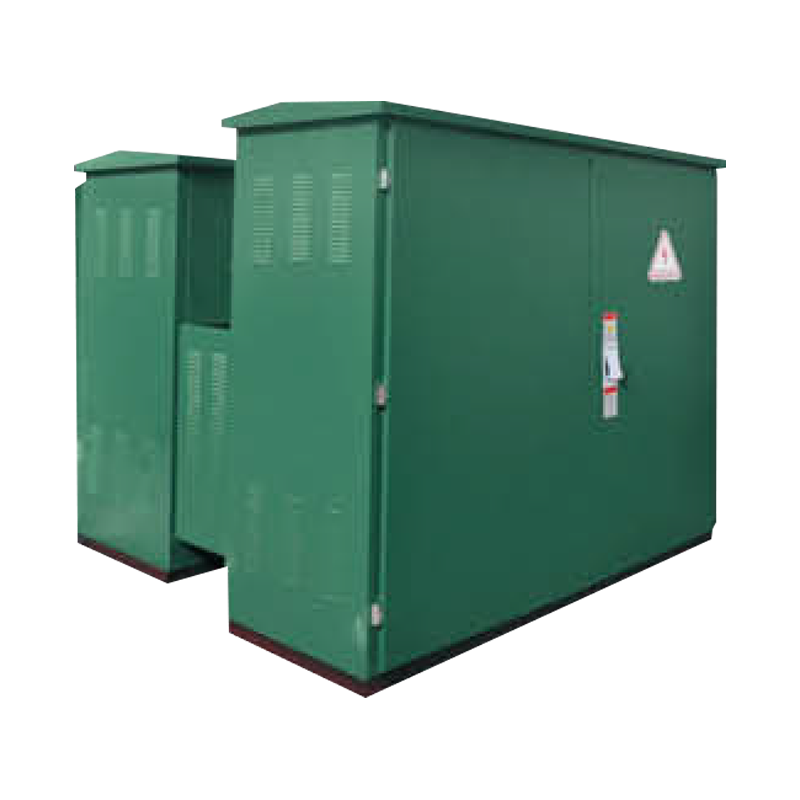
Key Differences Between Built-in and External Bypass Soft Starters
Built-in bypass soft starters have the bypass contactors integrated within the unit. This integration simplifies wiring and reduces the size of the device, making it suitable for small to medium motors and installations where space is limited. However, their compact design can limit their ability to handle very large motors or demanding operating conditions.
External bypass soft starters separate the bypass contactors from the main soft starter unit. This separation allows the contactors to be larger and more robust. It also enables easier access for maintenance or replacement without shutting down the entire motor control system. This design is particularly useful in applications where reliability and uptime are critical.
External bypass soft starter application scenarios
External bypass soft starters are often used for large motors, especially those with higher power ratings or frequent starts and stops. In these situations, the motor generates large inrush currents, which can stress the soft starter components. By separating the bypass contactor, the external bypass soft starter can reduce electrical stress and heat buildup inside the soft starter.
In industries such as water treatment, manufacturing, mining, or heavy machinery, motors often run continuously or under heavy loads. The external bypass design supports these harsh environments by providing better thermal management and longer service life.
In addition, external bypass soft starters provide greater flexibility during installation. Because the contactor is physically independent, it can be positioned according to specific site constraints or integrated with other motor control components. This modular design makes upgrades or customizations easier.
Installation and maintenance advantages
Installing an external bypass soft starter requires additional wiring and space compared to built-in devices. However, the independent bypass contactor can be maintained independently. This feature allows the contactor to be maintained or replaced without stopping the entire motor or disconnecting the soft starter, thereby reducing downtime.
In harsh environments such as high humidity or corrosive environments, external contactors with appropriate protection levels can be selected. This adaptability helps extend the life of the system and maintain stable performance.
Energy Efficiency and Control
Both built-in and external bypass soft starters reduce energy consumption by controlling the motor’s start current. However, external bypass soft starters are better suited for larger motors or complex applications that may require integration with advanced control systems like SCADA or variable frequency drives.
This integration allows users to optimize motor control further, reducing energy waste and improving operational efficiency across industrial processes.
Selecting the Right Soft Starter
Choosing between built-in and external bypass soft starters depends on several factors. These include motor power rating, operating conditions, space availability, maintenance strategy, and budget.
For smaller motors or simpler applications, built-in bypass soft starters often provide an effective and compact solution. For larger motors, demanding environments, or systems requiring high reliability and ease of maintenance, external bypass soft starters are typically more appropriate.
Consulting with technical experts and carefully reviewing site requirements can ensure the right soft starter is selected to meet both current needs and future expansions.
Understanding when to use an external bypass soft starter helps improve system reliability and performance. By considering motor size, operating conditions, and maintenance needs, users can make informed decisions that reduce downtime and enhance efficiency.
 English
English 中文简体
中文简体 عربى
عربى
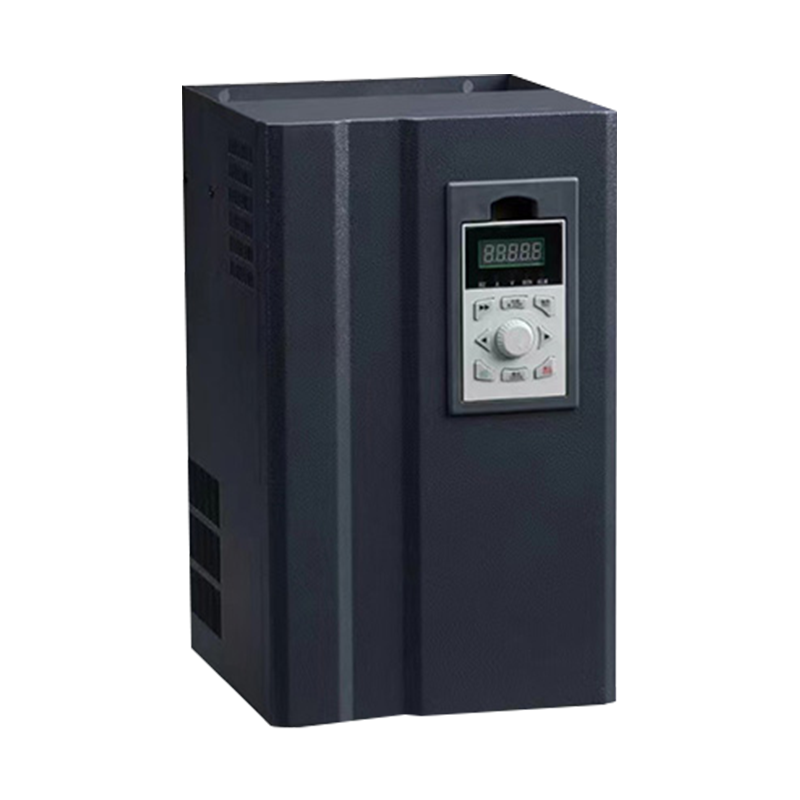
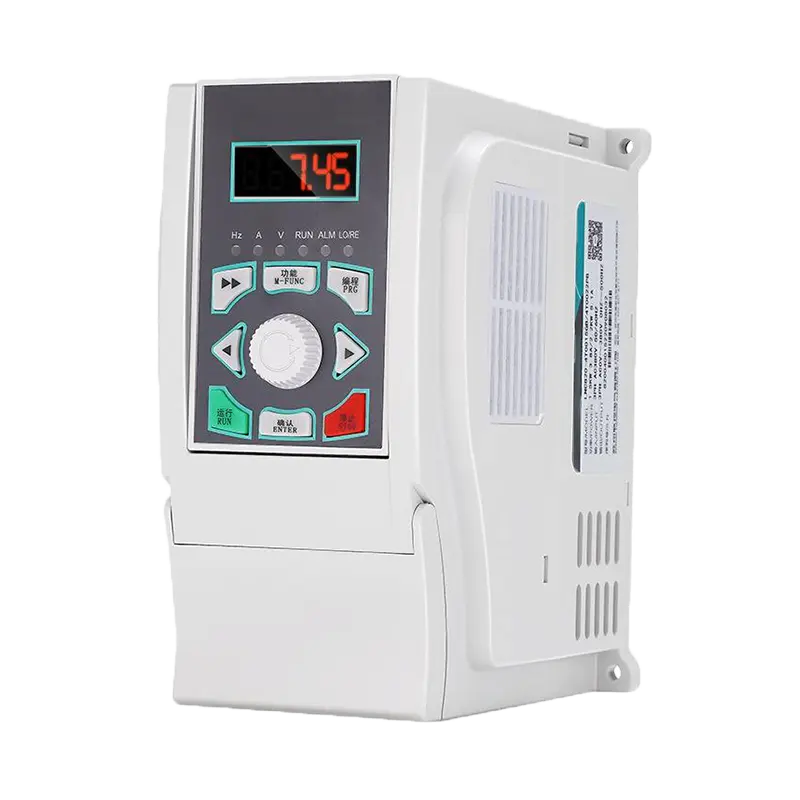
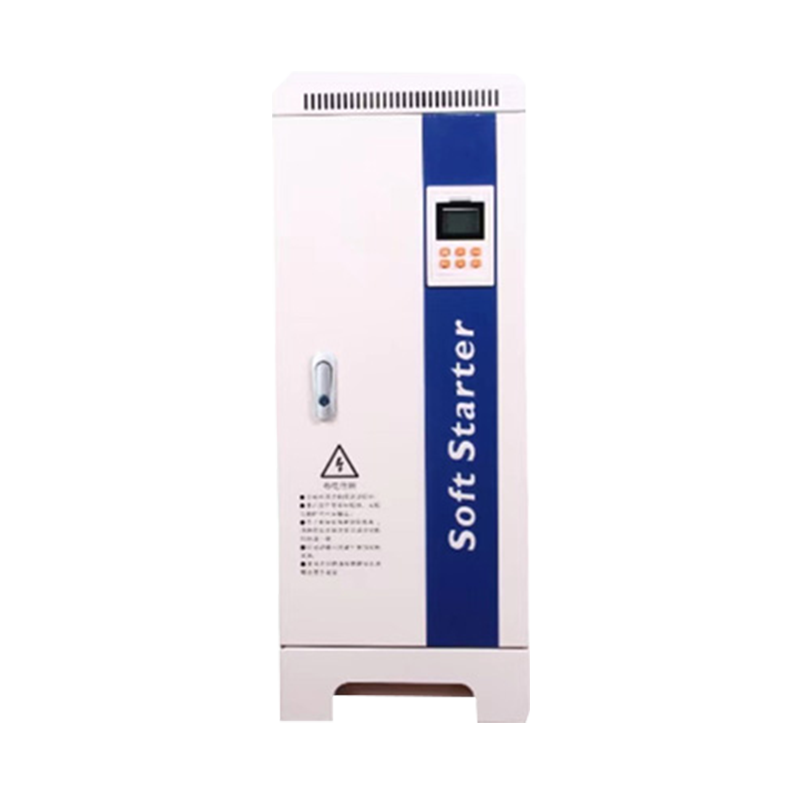


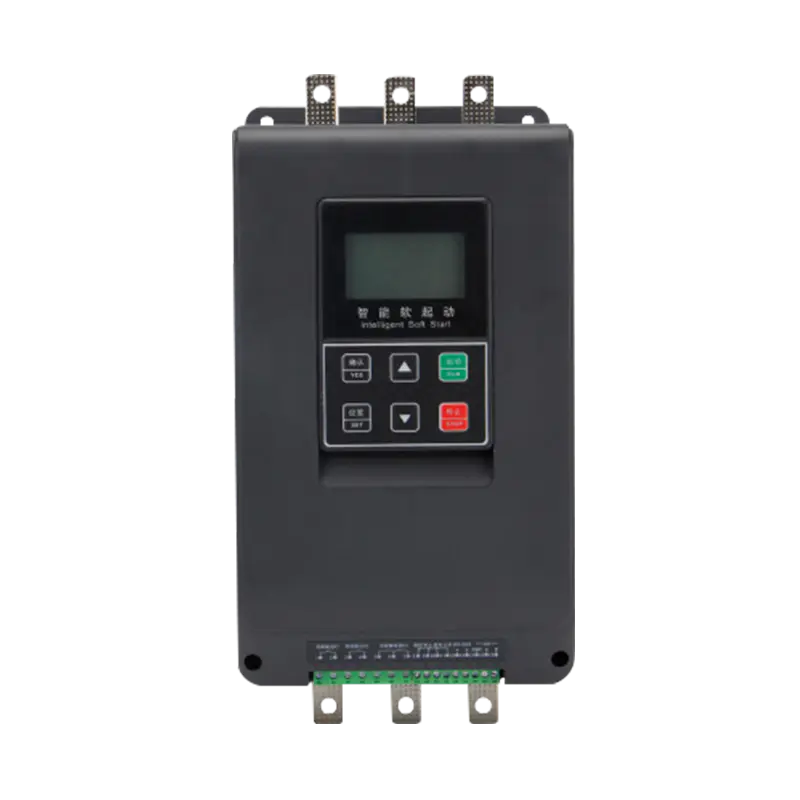

 浙公网安备33038202003754号
浙公网安备33038202003754号